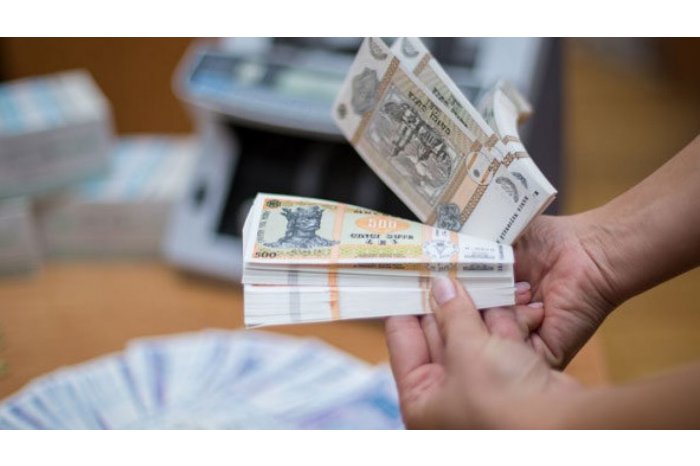Volume of loans borrowed by enterprises, residents reaches record figure in Moldova for last five years
16:12 | 19.07.2019 Category: Economic
Chisinau, 19 July /MOLDPRES/ - Economic agents and residents in June 2019 borrowed loans in the national currency worth 2 billion 78 million lei, according to data by the National Bank of Moldova (BNM), made public today. This is a record figure following the 2014 bank crisis and exceeded by about 20 the value of financings provided by commercial banks on the same period of the year before.
The loans were borrowed at an average rate of interest of 8.11 per cent. The increase in the inflation rate in the first months of this year led to an insignificant growth of the loans’ interest rate. After in last April and May, the interest rate on the new credits in Moldovan lei dropped to the historical minimum of 8.08 per cent annually, which maintained during two months, in June, this rate stood at 8.11 per cent.
The loans provided for terms from 2 to 5 years were the most attractive ones; they accounted for 54 per cent of all credits provided. According to the National Bank, the loans provided in the national currency were represented, preponderantly, by the ones provided to private people, 911 million lei respectively.
Private people were given loans with an average interest rate of 7.41 per cent and legal entities - with a rate of 8.56 per cent. Private persons borrowed credits for real estate at an average rate of 6.71 per cent, which has increased since early 2019, when the rate was 6.27 per cent. Banking statistics shows that, in last June, residents borrowed from banks loans for real estate worth 271 million lei.
The interest on bank loans in lei had a descending trend after January 2009, when the rate grew to 23.25 per cent for all system and the loans borrowed by private people reached an even higher level of 24.19 per cent. A long period of cheapening of the banking financings followed, which in November 2014 were provided at an average rate of 9.81 per cent annually on the banking sector; yet, as a result of the bank crisis, it started increasing and reached the maximal level of 16.09 per cent in 2016. Subsequently, amid the central bank’s monetary relaxation policy, a tendency of constant decrease in the interest rate was outlined.

